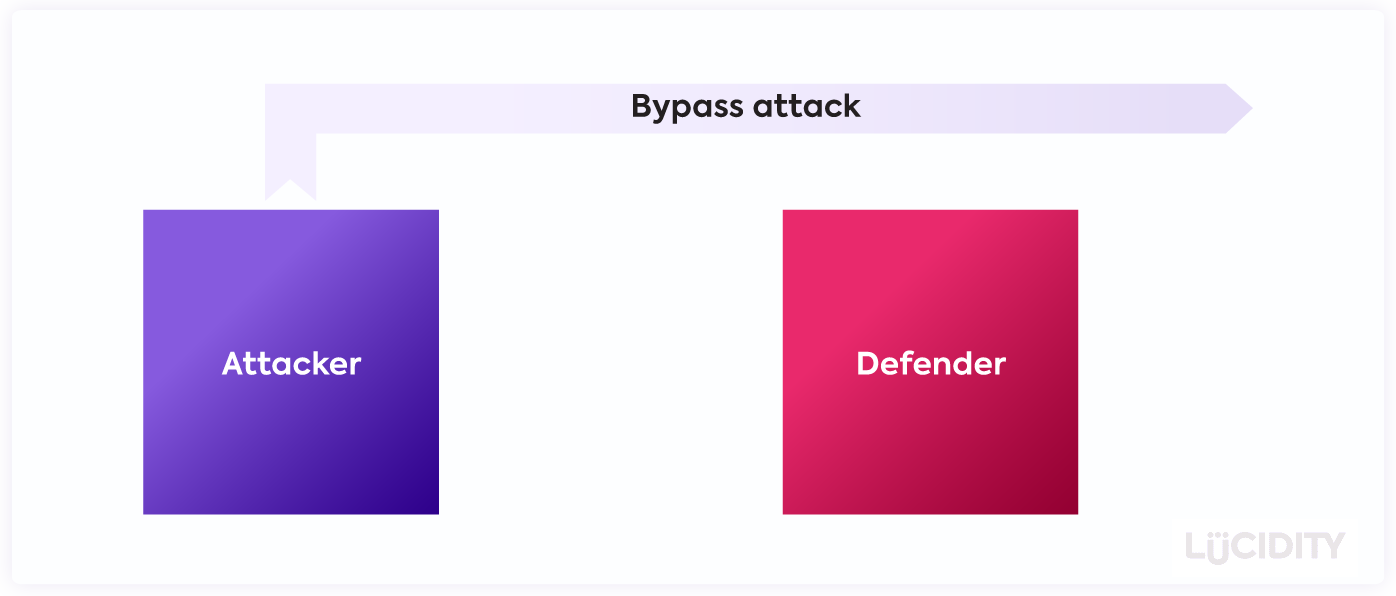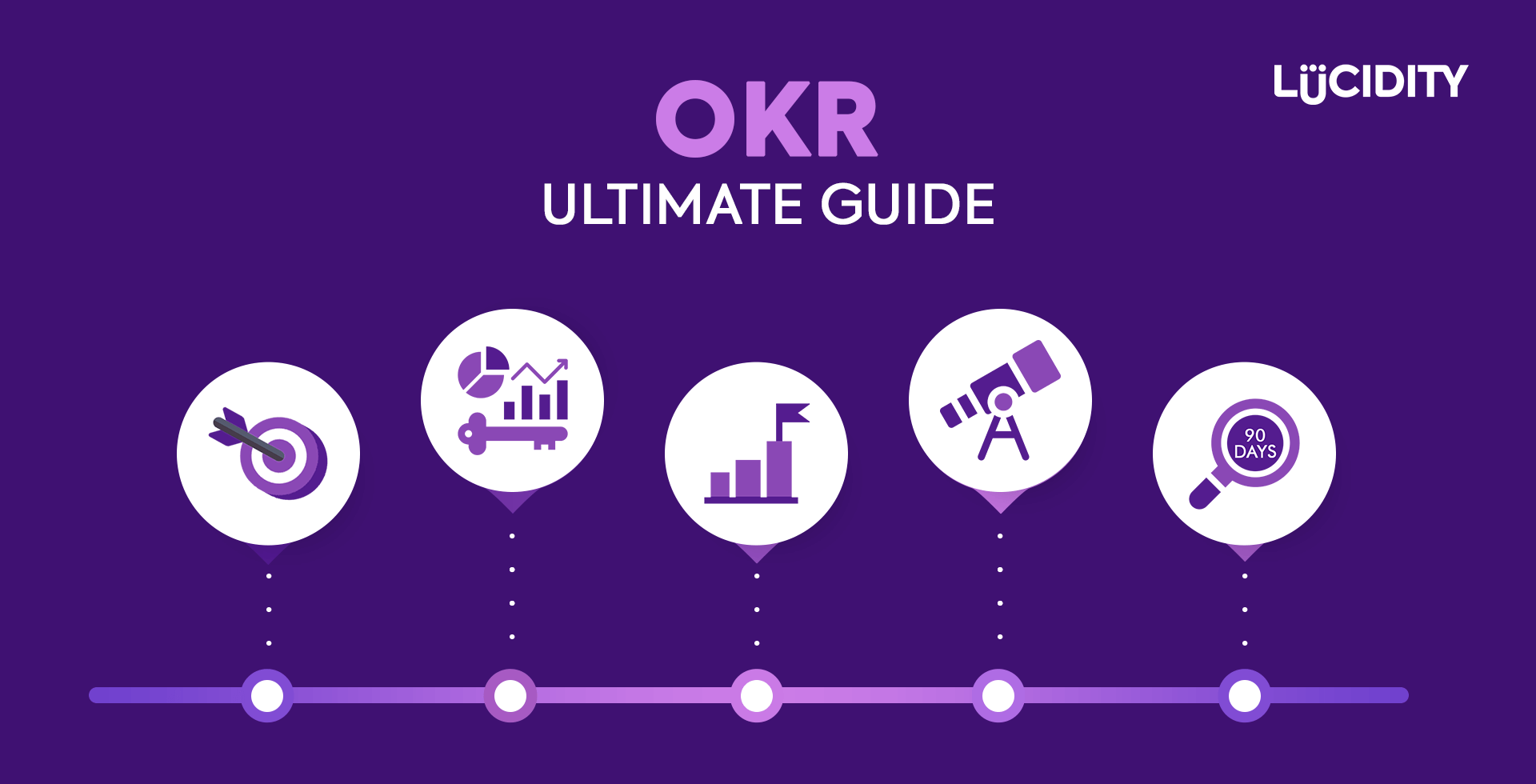Sometimes a competitor is too large or difficult to take head on, which is where the attack strategy known as Bypass comes into play. It’s about literally bypassing the competitor in order to develop a new market or sector.
Let’s take a look at this approach…
What is a Bypass Attack Strategy?
The Bypass Attack Strategy, sometimes known as the Leapfrog Attack Strategy, is an indirect approach to challenging a competitor by broadening your reach into their weaker or untapped markets. It’s often associated with a diversification strategy or innovation, as it often requires a business to diversify and/or innovate to successfully implement.
This is a difficult strategy. It can be costly and resource intensive, as with all diversification efforts. But with the large risk comes large reward, as entering the right market can result in you becoming a market leader.
There are three common methods of bypassing a competitor:
Technological Advancements
Using technological advancements to get ahead of the competition and open up new markets is one approach many companies take. One example is in telecoms where new technology was employed to create the mobile phone and bypass the landline business.
Geographical Targeting
If a competitor is really strong in one particular geography there may be an opportunity for you to become the number one in alternative geographies, and then use that foothold to grow at home too.
Product/Service Diversification
Taking a completely new approach to the products or services you offer is another way to bypass competitors. For example, the first ever Nintendo Wii could not compete in terms of graphics and power to the X-Box or PlayStation, yet became the most popular console through innovative movement sensors.
Diversification in a Bypass Attack Strategy
Diversification can be really important when using the Bypass Strategy as you’re looking to move into new markets with potentially new products or services. Luckily, if this is on your mind, we’ve a tonne of useful information…
- Diversification Strategy Guide
- How to Build A Diversification Strategy webinar
- Examples of weird diversification
Take a look at all of our articles on diversification for everything you’ll ever need to know on the subject.
What tools or frameworks help when devising a Bypass Attack Strategy?
When looking at a employing a Bypass Attack Strategy you’ll need to consider innovation, diversification or geographic expansion. For each of those topics there are lots of helpful tools and frameworks to help you do the necessary analysis and make the right decisions.
When building a diversification strategy, it’s useful to use the Ansoff Matrix to help you list out your options for new markets, new products or services, or both. Then once you have a list of diversification ideas for your business, we recommend applying the SFA Matrix to help evaluate those strategic options and reach the best decision.
Another useful tool when it comes to bypassing is the BCG Growth-Share Matrix. When applied to the competitor, this framework will help you spot where their products or services are weak. You should use this tool to identify those weak spots that are in markets with high growth potential. Knowing this can help you make good decisions about what to diversify into.
When considering international expansion there are a couple of strategic tools that will give you the insight you need to make the best decisions for your bypass strategy. First, there is the PESTLE variant LoNGPESTLE, which asks you to consider the external impacts on your business and the market and categorizes them as Political, Economic, Technologial, Legal and Societal. Then (the additional LoNG part), you’re asked to consider each of these impacts at the Local, National and Global level. This is a great tool for understanding the forces at play in different geographical regions and is an essential tool when looking at expansion from local or national activities.
The CAGE Distance Framework is a useful tool once you have a particular geographic market in mind. Working through CAGE Distance will help you capture all the essential information about the differences in that market compared to your current market. You will then think through and list out the measures you would need to take to adapt to those differences.
Finally, when planning an innovation strategy, you would benefit from looking at the 4Ps framework. Understanding the different ways a business can innovate can help spark ideas, assess options and come up with the best innovation to help bypass your competitor. The different types of innovation in the 4Ps are Paradigm Innovation, Process Innovation, Position Innovation and Product Innovation.
What are the benefits of a Bypass Attack Strategy?
The advantages of a Bypass Attack Strategy include:
- It avoids a direct battle with a competitor
- It can result in dominating new markets
- It promotes your brand as innovative
What are the cons of a Bypass Attack Strategy?
The disadvantages of a Bypass Attack Strategy include:
- It can be costly and resource intensive
- Highly risky due to the heavy reliance on diversification and innovation
- The existing competitor could move quickly to follow you into a market
What are some examples of a Bypass Attack Strategy?
The Bypass Attack Strategy is a fairly commonly used approach and so there are many examples. Here are a couple:
Apple iPod & Sony Walkman
The days of cassettes on the go were dominated by Sony’s Walkman. Apple’s innovative iPod removed the concept of cassettes and went completely digital, bypassing Sony in the personal music device market. Later the iPod was itself displaced by the iPhone.
LoveFilm/Netflix & Blockbusters
Blockbusters was a huge chain that dominated video and DVD rentals. It was impossible to challenge due to the vast geographic presence and huge brand awareness. Until Netflix and LoveFilm shook up the model by opting to target consumers directly via postal delivery and later streaming services.
What are the alternatives to a Bypass Attack Strategy?
The Bypass Attack Strategy is one of a number of Attack/Offensive Strategies:
With the Frontal Attack Strategy a company is taken head on, with the challenger company attacking all the strengths “like for like” of the incumbent.
Flanking Attack Strategy involves the challenger company attacking their competitor from the side, generally in a weaker part of the competitor profile. For example, if you have a competitor with weak customer service but a great product, you would exploit the customer service angle.
The Encirclement Attack Strategy involves attacks on all areas of the competitor from all angles. It’s resource intensive for the challenger but can be disorientating for the competitor, and therefore effective.
A series of adhoc small attacks against the company are made by the challenger. The latter is usually more agile and quick to move, and therefore difficult to defend against.
So have a good read of our guides to all possible Attack Strategies before planning your attack so you can be confident you’re making the right move for your business, your market and your success. Good luck!
Want some help planning your attack?
We have all the tools you need to do the right analysis, build out a thorough plan and nail the execution. Book your personal demo and we can show you how.













